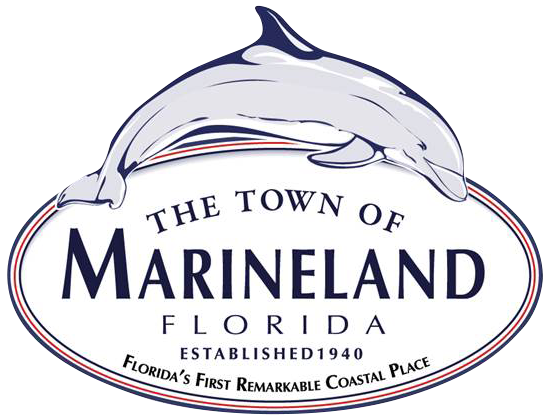
COMMUNITY REDEVELOPMENT AGENCY
COMMUNITY REDEVELOPMENT AGENCY
What is a CRA?
Under Florida law (Chapter 163, Part III), local governments are able to designate areas as Community Redevelopment Areas when certain conditions exist. Since all the monies used in financing CRA activities are locally generated, CRAs are not overseen by the state, but redevelopment plans must be consistent with local government comprehensive plans. Examples of conditions that can support the creation of a Community Redevelopment Area include, but are not limited to: the presence of substandard or inadequate structures, a shortage of affordable housing, inadequate infrastructure, insufficient roadways, and inadequate parking. To document that the required conditions exist, the local government must survey the proposed redevelopment area and prepare a Finding of Necessity. If the Finding of Necessity determines that the required conditions exist, the local government may create a Community Redevelopment Area to provide the tools needed to foster and support redevelopment of the targeted area. There are currently over 220 Community Redevelopment Areas in the State of Florida. To obtain a current list, visit the Florida DEO website.
What is a Community Redevelopment Agency?
The activities and programs offered within a Community Redevelopment Area are administered by the Community Redevelopment Agency. A five- to seven-member CRA “Board” created by the local government (city or county) directs the agency. The Board can be comprised of local government officials and or other individuals appointed by the local government. Although one local government may establish multiple CRA districts, there generally may be only one CRA Board. Each district must maintain separate trust funds, and expend those funds only in that district.
What is a Community Redevelopment Plan?
The Community Redevelopment Agency is responsible for developing and implementing the Community Redevelopment Plan that addresses the unique needs of the targeted area. The plan includes the overall goals for redevelopment in the area, as well as identifying the types of projects planned for the area. Examples of traditional projects include: streetscapes and roadway improvements, building renovations, new building construction, flood control initiatives, water and sewer improvements, parking lots and garages, neighborhood parks, sidewalks and street tree plantings. The plan can also include redevelopment incentives such as grants and loans for such things as façade improvements, sprinkler system upgrades, signs, and structural improvements. The redevelopment plan is a living document that can be updated to meet the changing needs within the Community Redevelopment Area; however, the boundaries of the area cannot be changed without starting the process from the beginning.
What is Tax Increment Financing?
Tax increment financing is a unique tool available to cities and counties for redevelopment activities. It is used to leverage public funds to promote private sector activity in the targeted area. The dollar value of all real property in the Community Redevelopment Area is determined as of a fixed date, also known as the “frozen value.” Taxing authorities, which contribute to the tax increment, continue to receive property tax revenues based on the frozen value. These frozen value revenues are available for general government purposes. However, any tax revenues from increases in real property value, referred to as “increment,” are deposited into the Community Redevelopment Agency Trust Fund and dedicated to the redevelopment area. It is important to note that property tax revenue collected by the School Board and any special district are not affected under the tax increment financing process. Further, unlike in some states, Florida taxing entities write a check to the CRA trust fund, after monies are received from the tax collector. In California, the increment is sent to the CRAs directly out of collected county tax revenues, before they are distributed to each taxing entity. The tax increment revenues can be used immediately, saved for a particular project, or can be bonded to maximize the funds available. Any funds received from a tax increment financing area must be used for specific redevelopment purposes within the targeted area, and not for general government purposes.
